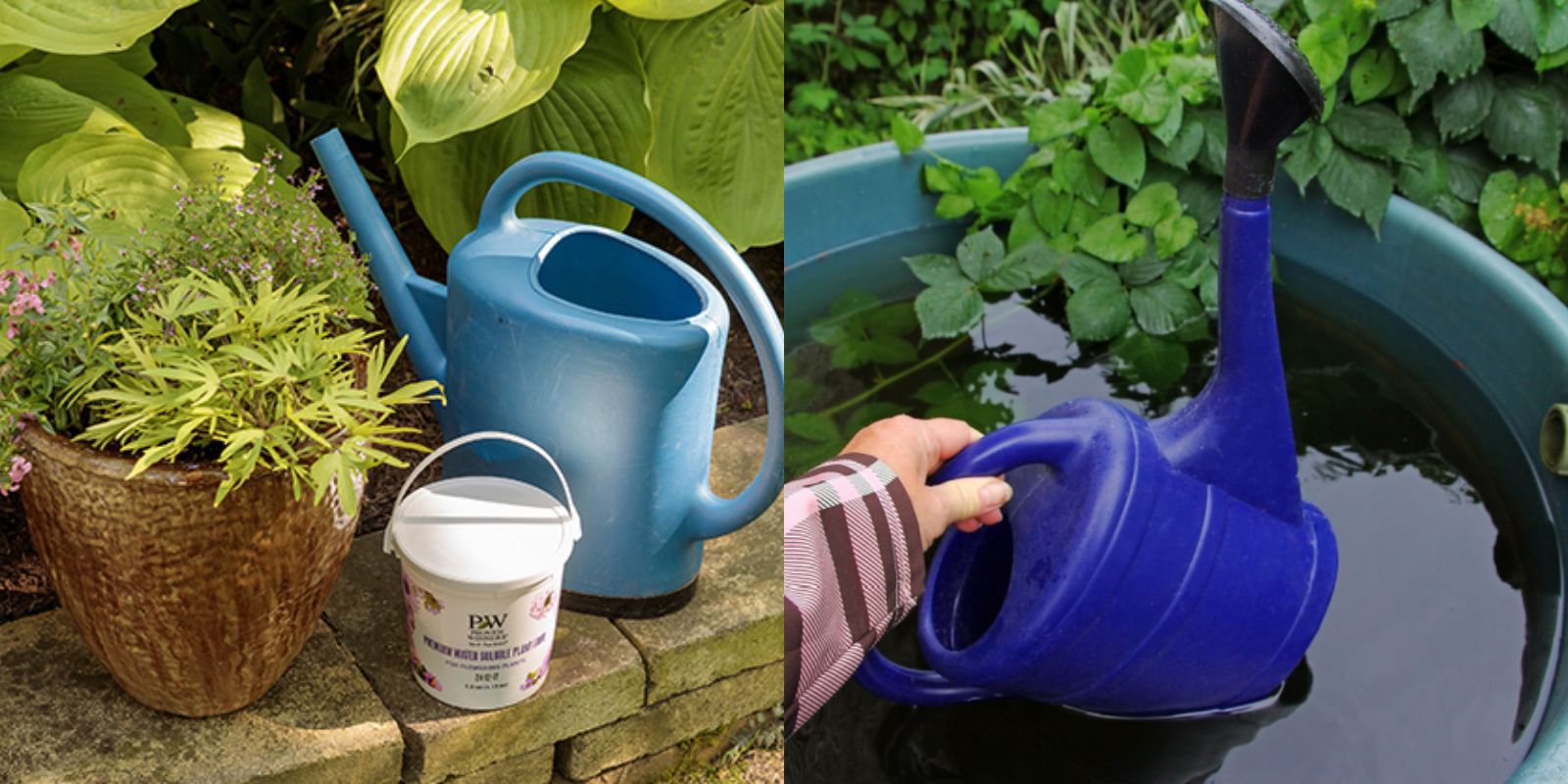Introduction
Annual flowers are prized for their vibrant blooms and their ability to transform gardens into stunning displays of color. However, maintaining a continuous bloom throughout the growing season requires more than just planting them and hoping for the best. Proper fertilization is crucial for keeping these flowers lush, vibrant, and blooming from early spring until the first frost. This guide will walk you through the essential steps for fertilizing annual flowers to ensure they remain in peak condition and deliver a spectacular show throughout their growing season.
1. Understanding Fertilizer Basics
To start, it’s important to grasp the basics of fertilizers and how they affect plant growth. Fertilizers are composed of three primary nutrients: nitrogen (N), phosphorus (P), and potassium (K). Each of these nutrients plays a specific role in plant health:
- Nitrogen (N): Promotes vigorous foliage growth.
- Phosphorus (P): Supports strong root development and enhances blooming.
- Potassium (K): Helps plants build resistance to diseases and improves overall plant function.
A balanced fertilizer, with equal parts of these nutrients (such as a 10-10-10 or 20-20-20 formula), is ideal for ensuring your annual flowers receive a well-rounded nutrient supply.
2. Choosing the Right Fertilizer
Selecting the right type of fertilizer for your annual flowers is crucial. There are several types to consider:
- Granular Fertilizers: These are dry fertilizers that slowly release nutrients over time. They are ideal for initial planting as they provide a steady nutrient supply. Use a balanced, slow-release granular fertilizer to ensure consistent nourishment.
- Liquid Fertilizers: These are mixed with water and applied directly to the soil or foliage. They are quickly absorbed by plants and are great for providing immediate nutrients. Liquid fertilizers are typically used every 4-6 weeks throughout the growing season.
- Organic Fertilizers: Made from natural sources such as compost or fish emulsion, organic fertilizers are environmentally friendly and improve soil health. They often provide a more gradual nutrient release and can enhance the overall health of your garden.
3. Preparing the Soil
Before planting your annual flowers, prepare the soil by incorporating a balanced fertilizer into the top 6-8 inches. This helps ensure that nutrients are readily available to the plants from the start. For best results, follow these steps:
- Test Your Soil: Conduct a soil test to determine its nutrient content and pH level. This will help you choose the appropriate fertilizer and adjust the soil as needed.
- Amend the Soil: Based on the soil test results, amend the soil with organic matter such as compost or well-rotted manure. This improves soil structure, drainage, and nutrient availability.
- Mix in Fertilizer: Blend a balanced granular fertilizer into the soil before planting. Follow the manufacturer’s recommendations for the amount to use based on your soil’s nutrient needs.
4. Establishing a Fertilization Schedule
Annual flowers benefit from regular feeding throughout the growing season. Here’s how to set up an effective fertilization schedule:
- Initial Feeding: Apply a balanced granular fertilizer at planting time to give your flowers a strong start.
- Regular Feedings: Use a liquid fertilizer every 4-6 weeks during the growing season. This provides a quick nutrient boost and supports continuous blooming. Alternatively, you can use slow-release granules every 6-8 weeks.
- Adjusting Based on Plant Needs: Monitor your plants for signs of nutrient deficiencies, such as yellowing leaves or reduced blooming. Adjust your fertilization schedule or switch to a different type of fertilizer if needed.
5. Applying Fertilizer Correctly
Proper application of fertilizer ensures that your plants get the nutrients they need without risking harm to them. Follow these tips for effective fertilization:
- Avoid Over-Fertilizing: Too much fertilizer can damage plant roots and cause excessive foliage growth at the expense of blooms. Always follow the manufacturer’s recommendations for application rates.
- Water Thoroughly: After applying granular fertilizer, water the soil thoroughly to help dissolve the nutrients and allow them to penetrate the root zone.
- Avoid Foliar Burn: When using liquid fertilizers, avoid applying them during the hottest part of the day or directly onto the foliage to prevent foliar burn. Instead, apply the solution to the soil around the plants.
6. Incorporating Additional Tips for Success
To maximize the effectiveness of your fertilization efforts and ensure your annual flowers thrive, consider these additional tips:
- Mulching: Apply a layer of mulch around your plants to help retain soil moisture, suppress weeds, and provide a slow release of nutrients as it decomposes.
- Pest and Disease Management: Keep an eye out for pests and diseases that can affect your flowers’ health and bloom quality. Address any issues promptly to avoid compromising your plants’ vitality.
- Watering: Regular and consistent watering is crucial for nutrient uptake. Ensure your flowers receive adequate water, especially during dry spells, to support their growth and blooming.
Conclusion
Fertilizing annual flowers correctly is essential for achieving a lush, vibrant garden that blooms continuously throughout the growing season. By choosing the right fertilizers, preparing the soil, establishing a regular feeding schedule, and applying fertilizers correctly, you can ensure your annual flowers remain in peak condition and deliver a stunning display of color. Embrace these tips and watch your garden flourish with beauty and vitality all season long.

